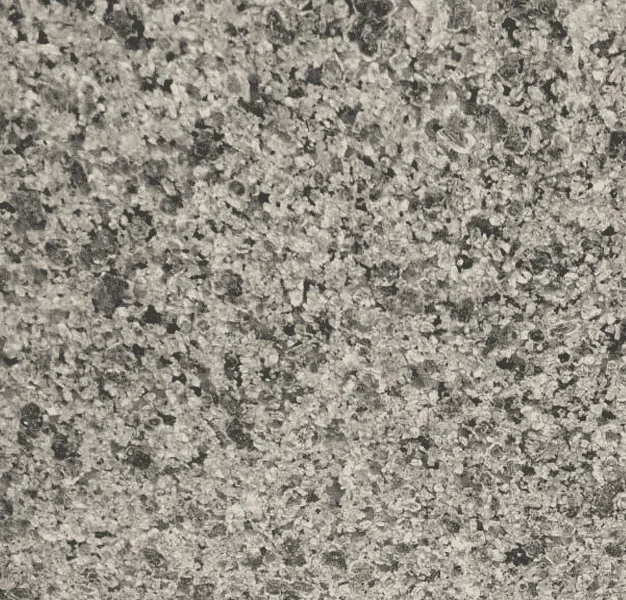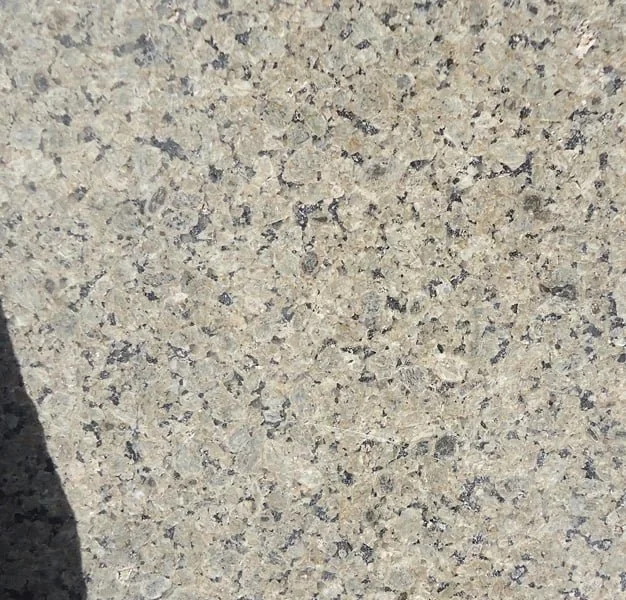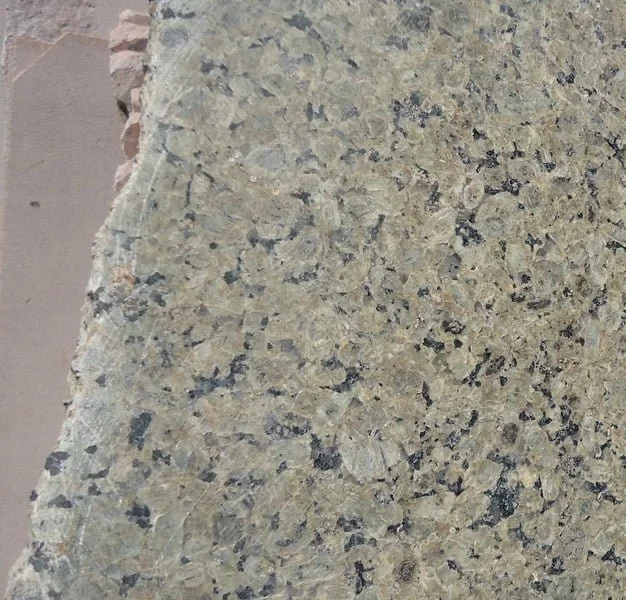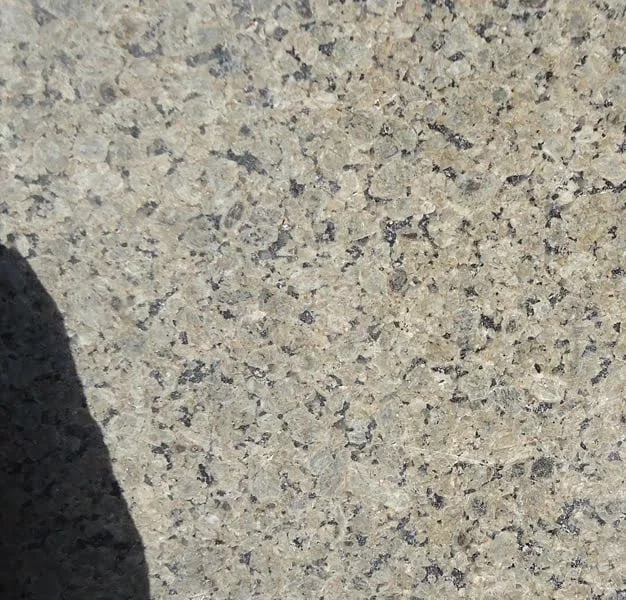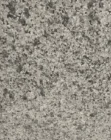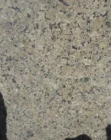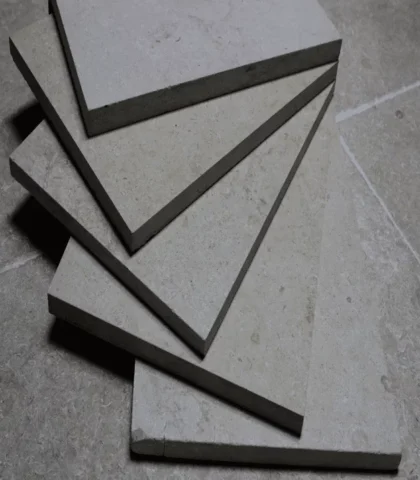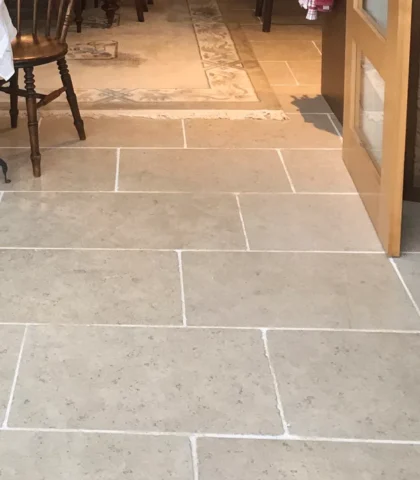Medium Verdi Ghazal granite
The medium Verdi ghazal has white and grey graining. It comes from quarries in Egypt.
Egyptian granite is renowned for its wide spectrum of vivid colors and unparalleled durability.
Both indoor and outdoor venues are suitable for a medium Verdi ghazal.
Egyptian granite including medium Verdi ghazal is a wonderful natural substance that adds style to your home.
Granite gives a place a polished appearance while retaining the durability of one of the hardest natural stone surfaces. It can be used for a range of construction applications.
Medium Verdi Ghazal is well known for its white and light grey graining.
medium Verdi ghazal granite paving slabs are made of durable natural stone and are ideal for use in patios and outdoor spaces. Beautiful granite countertops
medium Verdi ghazal granite tiles come in a range of sizes and shapes (small and large). Commercial buildings typically utilize huge tiles, whereas domestic kitchens frequently use smaller ones. For your floor and countertops, it can be a terrific option.
It is appropriate for use in:
- Granite Worktops
- Grey granite worktops
- Granite kitchen countertops
- Fantastic Range of Granite Worktops
- Stairs
- Living room
- Outdoor Landscaping
- Kitchen
- Walls
- Countertops
with different finishes such as (Polished, Unpolished, Split Face, Honed, Sandblasted, Striped, and Flamed), and granite slabs used for cooking surfaces.
It is well-known for its pale-gray and white-graining texture, making it suitable for both indoor and outdoor use.
It also has a multitude of advantages, including:
- Entirely natural beauty
- Luxurious yet practical
- Extremely durable
- Ideal worktop material owing to a variety of looks, styles, and investment value
- Available in a wide array of colors, thicknesses, and finishes
- Easy maintenance
- Naturally resistant to staining and scratches
- Appropriate for areas used for food preparation
- Distinctive appearance
- Simple to install and clean
- Low maintenance
Granite:
The Latin term “granum,” which denotes a coarse grain, is where the name “granite” first appeared. They believed that the stone’s unusual name was a result of its coarse texture.
The second-hardest natural material, granite, is a little weaker than diamond.
They believed granite to be a sharply defined, pale-colored volcanic rock with discernible grains. Granite is resilient to abrasion, robust enough to sustain some weight, and inert enough to successfully withstand weathering. It may also use a fantastic polish.
Actually, it takes place as magma slowly crystallizes beneath the surface of the Earth. In a subtle sense, granite in particular is consistently large, strong, and enormous (i.e., lacking any internal structures). Granite has long been a preferred building material due to these characteristics. Due to its timeless beauty and the fact that no synthetic material can now match its elegance and performance, it has practically replaced wood as the material of choice for modern luxury homes and businesses.
Even though it may have started to form gradually as long as 300 million years ago, granite is thought to be the oldest igneous rock on the planet.
Granite, a rock that grows relatively artistically and deeply underground, is referred to as “plutonic.” Possibly the majority of the world’s continental crust is made up of granite. Granite has been utilized in building from the time of the Ancient Egyptians, which is typical of significant significance.
These characteristics made granite slabs the best choice for stair treads, outdoor paving, and kitchen counters.
Egyptian granite:
One of the first materials the Egyptian pharaohs carved and utilized was Egyptian granite. It was used to make Egyptian statues and artifacts because of its unique color and relative toughness to other types.
Feldspar, quartz, mica, and amphibole make up the majority of the minerals in granitic rocks. Amphibole (often hornblende) and biotite mica, which together create a linked and somewhat equigranularity feldspar and quartz matrix, are flecked throughout the lighter-colored minerals. Granites can have a dominant color that is either white, pink, grey, or black depending on their composition.
